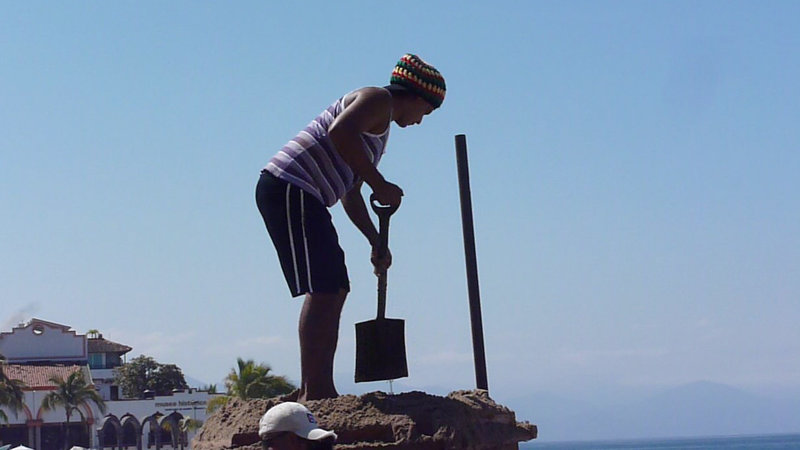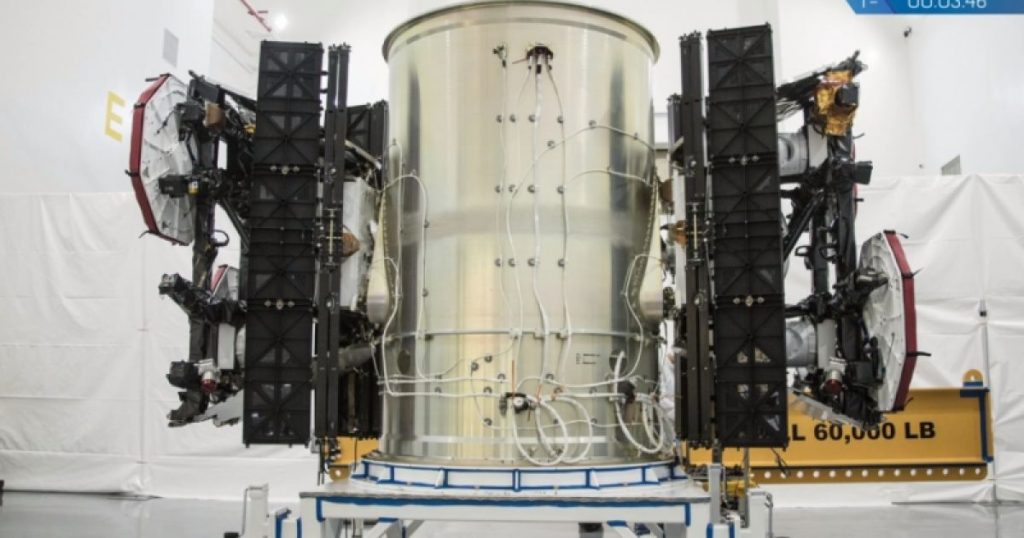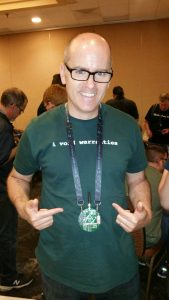It seems that Americans bend over all wrong. Learn how to hip-hinge, a more natural way to bend. Fascinating!
To see if you’re bending correctly, try a simple experiment.
“Stand up and put your hands on your waist,” says Jean Couch, who has been helping people get out of back pain for 25 years at her studio in Palo Alto, Calif.
“Now imagine I’ve dropped a feather in front of your feet and asked to pick it up,” Couch says. “Usually everybody immediately moves their heads and looks down.”
That little look down bends your spine and triggers your stomach to do a little crunch. “You’ve already started to bend incorrectly — at your waist,” Couch says. “Almost everyone in the U.S. bends at the stomach.”
In the process, our backs curve into the letter “C” — or, as Couch says, “We all look like really folded cashews.”
In other words, when we bend over in the U.S., most of us look like nuts!But in many parts of the world, people don’t look like cashews when they bend over. Instead, you see something very different.









